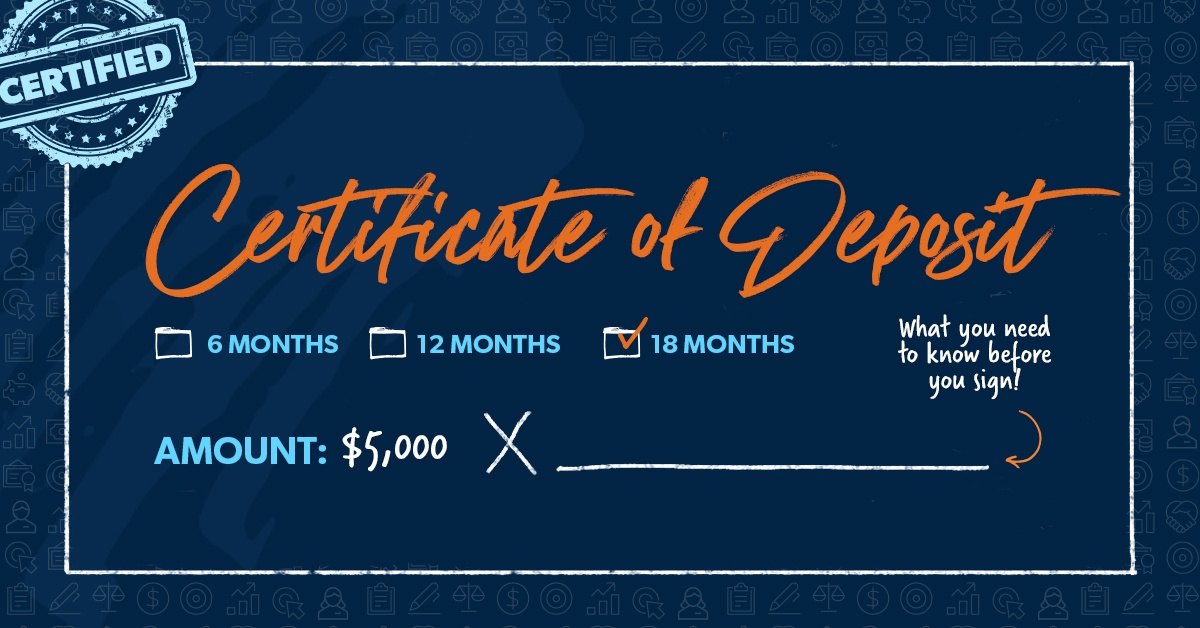For someone just starting in investing, there are several choices to consider, depending on the amount of money available and the investor’s risk tolerance. This text outlines the ten sorts of investments you should consider adding to your portfolio. This tutorial will walk you through them and show you why.
Stocks

A stock is equivalent to owning a portion of a firm. There are two primary ways to earn from stocks: stock prices can rise (depending on the business’s development) and then be sold at a profit, or owners can receive dividend payments from the firm. If money is tight right now, penny stocks are another feasible option.
How to make money: When you buy a stock, you hope that the price will rise so that you may sell it for a profit later. You will lose money if the stock price falls.
Brokers are people who sell stocks to other people. It’s up to you whether you want to use an online brokerage service or meet with a broker in person.
Bonds

Bonds are financial securities with qualities comparable to loans. An investor can issue a bond and receive the bond’s original value as well as recurring interest payments. The value of a bond, like the value of a stock, can go up or down depending on the state of the market.
How to make money: Interest is paid to the lender while the money is being lent. After the bond is over, or after you’ve kept it for the amount of time it says, you get your money back.
Exchange-Traded Funds (ETFs)

There are some similarities between ETFs and mutual funds. Mutual funds and ETFs are both groups of investments that track the market. In place of buying stock in a mutual fund, you buy and sell ETFs on the stock market instead. There is a lot of movement in it during the day. The value of mutual funds is just how much money you have, which is determined at the end of each trading day.
How to make money: The best way to make money is to invest in ETFs, which are more diversified than single stocks. When you buy an ETF that tracks a lot of different things, you can cut your risk even more.
Mutual Funds

They are pooled/joint investment vehicles that are comparable to ETFs. The advantage of mutual funds is that they allow an investor to have a diverse range of active assets, resulting in a portfolio with more diversity and reduced risk. Stocks, bonds, commodities, currencies, and derivatives are among the securities that mutual funds can invest in.
How to make money: Investors profit from mutual funds when the value of the stocks, bonds, and other packaged assets in which the fund invests rises. You can purchase them directly from the management firm or via discount brokerages. However, keep in mind that there is usually a minimum commitment required, as well as an annual charge.
Deposit Certificates (CDs)

Low-risk: A certificate of deposit (CD) is a good way to put money into an account For a certain amount of time, you give a bank money. A certain amount of interest will be paid when that time is up. If the loan has a long term, it will cost more money in interest over time.
How to make money: In the long run, CDs can help you save money. If your bank went out of business, your money would still be safe because the FDIC would cover up to $250,000 of it. However, you must be certain that you will not want the funds during the CD’s term, as there are significant penalties for early withdrawal.
Retirement Plans

They come in different shapes and sizes. Your company has 401(k) and 403(b) plans for employees who want to save for the future. In the case that you don’t have a retirement plan, you might get an individual retirement account (IRA), either regular or Roth.
How to make money: Investing in stocks, bonds, and funds through a retirement plan is not a separate type of investment. Instead, it is a way to do so in two tax-friendly ways. It’s possible to use the first to invest money that you don’t have to pay tax on (as with a traditional IRA). The second lets you take money out of your account without paying taxes on it, so you can do that. There are the same dangers as if you purchased them outside of your retirement plan.
Options
A stock option is a little more complicated technique to purchase a stock. You can buy or sell something at a certain price and at a certain time called an option. It is right when you buy an option, and you can use that right as well. There are two sorts of options: call options, which are used to purchase assets, and put options, which are used to sell assets.
How to make money: In order to figure out what a stock’s price should be, people figure out how much it should cost. Even if you buy an option, there is a chance that the stock could lose money if you do. As a result, if the stock falls below its starting price, you will lose the contract’s money. Options are a sophisticated investment strategy that should be used with caution by individual investors.
How to make money: Annuities can help you supplement your retirement income. However, while they are relatively low risk, they are not high-growth. As a result, investors consider them to be an excellent supplement to their retirement savings rather than a primary source of money.
Annuities

A lot of people use annuities to save money for their old age. When you buy an annuity, you are getting an insurance policy in exchange for getting paid each month.
There are a lot of different types of annuities out there. They could last until death or for a certain amount of time. They could also last until they die. They may ask for a one-time payment or a series of payments over time. Some of them may be linked to the stock market in some way, or they may be an insurance policy that doesn’t have any connection to the market at all. Payments can be made immediately or delayed until a later date. They can be fixed or changeable.
Cryptocurrencies

Cryptocurrencies are a relatively new investing opportunity. Although most people are familiar with Bitcoin, there are other cryptocurrencies you may use, such as Litecoin and Ethereum. People that utilize digital currencies that aren’t tied to any government do so in the following way: These are the types of currencies they employ. To purchase and sell bitcoins, you must travel to a cryptocurrency exchange.
How to make money: Because cryptocurrencies are subject to fast fluctuation, they are a high-risk investment. Some investors, however, use them to diversify their portfolios beyond stocks and bonds. Bitcoin exchanges are a good place to look for them.
Commodities

Commodities are real things that you can buy and invest in. Futures markets, where people who make and buy things for profit try to protect their money by taking a bet on the prices. Before investing in futures, people who aren’t professional traders should make sure they know what they are.
This is due, in part, to the possibility that the price of a commodity would fluctuate suddenly and abruptly in either direction owing to unexpected occurrences. For example, political acts may significantly affect the value of something like oil, whereas weather can affect the value of agricultural products.
Here is a list of the four main types of goods:
- There are both precious metals like gold and silver, as well as more common metals like steel (copper)
- Wheat, corn, and soybeans are some examples of agricultural goods that people buy
- Livestock: Pork bellies and cattle that are fed
- Crude oil, petroleum products, and natural gas are all sources of energy.
How to make money: During periods of high inflation, investors may purchase commodities as a hedge for their portfolios. Commodities can be purchased indirectly through equities and mutual funds, as well as ETFs and futures contracts.
Final Words
There are several sorts of investments to consider. Some are suitable for novices, while others demand more skill. Each type of investment has a different level of risk and reward. Before deciding on an asset allocation that matches their aims, investors should analyze each sort of investment.






